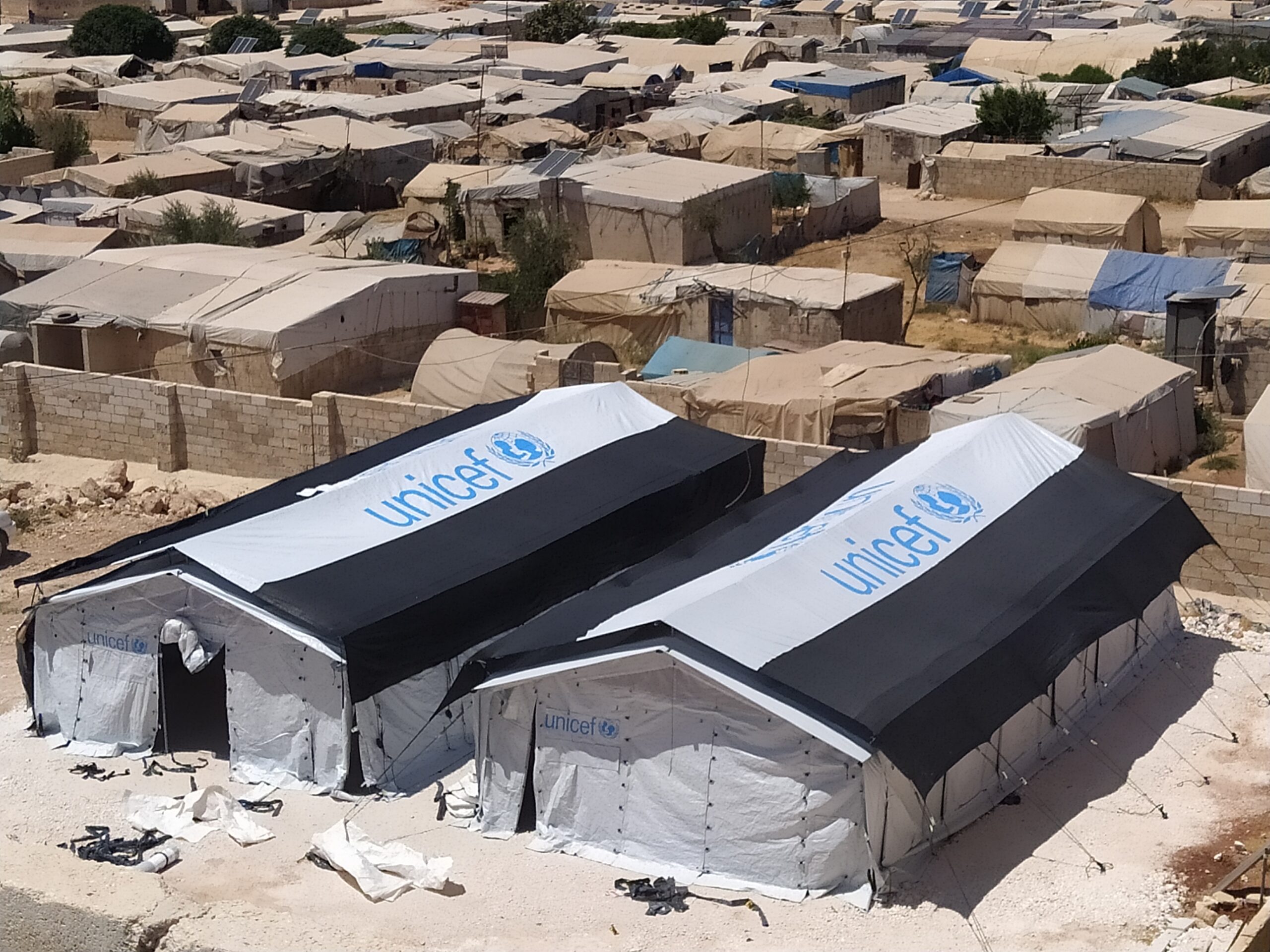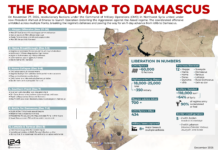
Children with worn bags make their way through the potted dirt road of one of the many camps in northern Syria. Their shoes are caked in dust from the long walk to school as they pass a row of repair shops, where engines and machinery lie strewn about. Another group of boys hurry past with grease-stained shirts and sooty faces – not to school, but to work.
As the 2024-2025 academic year begins in northern Syria, students return to schools under the deteriorating conditions of an education sector struggling to survive repeated attacks, economic challenges, and societal pressures.
A Legacy of Violence
Thousands of schools have been destroyed, with hundreds still out of service. A recent report by the Syrian Civil Defense, also known as the White Helmets, revealed that from 2019 to 2023, 172 attacks targeted schools and educational facilities in northwestern Syria. In the past year alone, 29 schools in northern Syria were attacked, with eight reported since January. Some of these occurred during school hours, injuring students and teachers. In areas like Idlib’s eastern countryside and western Aleppo, parents are often reluctant to send their children to school, fearing further attacks.

“The fear for the children’s safety.” Hussein Al-Khalid, a father of two school-aged children, told L24, “has become a daily concern, especially with repeated incidents of violence and bombings near schools. These fears have forced us to reconsider our priorities, where focusing on survival and finding a safe haven has become more urgent than continuing education.”
While some educational institutions remain operational, many face imminent danger from ongoing shelling. These repeated assaults, according to the White Helmets, disrupt children’s lives and threaten their futures. Over the past three years, more than 55 teachers have lost their lives due to military attacks, and many others have migrated or left the profession due to poor salaries and unsafe working conditions. The shortage of qualified staff has placed a significant strain on the education system, with an estimated 891 schools in northwestern Syria remaining out of service.
Bread or Books
The education crisis is exacerbated by rising dropout rates. The Syrian Response Coordinators, a humanitarian monitoring team, estimates that 386,000 children in northwestern Syria are out of school, with 84,000 of them living in displacement camps. The reasons are manifold: poverty and the long distances many children must travel to reach functional schools.
Ahmed Al-Hassan, Director of Education in Idlib under the Syrian Salvation Government (SSG), revealed the dire condition of the education sector to L24. “Schools are preparing to receive approximately 650,000 students in pre-university education stages. The Directorate has launched a ‘Back to School’ campaign in partnership with stakeholders and partner organizations. There is an urgent need for infrastructure, the renewal or replacement of tents, which make up 10% of classrooms, and the provision of 650,000 textbooks,” he said.
“Poverty plays a major role in children entering the labor market at the expense of dropping out of school,” Hassan explained. “The basic school needs, such as stationery and textbooks, add a financial burden on the students’ families.”

Economic hardship forces many children into the labor market to support their families, as Louay, an English teacher in the region, explained to L24, “Most students cannot attend school in proper buildings. They attend in tents. This creates a fragile educational environment, which hinders the teaching process. Most teachers seek other jobs because of the low salaries,” he said.
Economic pressures said Khalid, deeply affect families like his, “Due to the difficult living conditions, it has sometimes become necessary to allow the children to work to contribute to the family income. We face the painful dilemma of choosing between sending the children to school or securing our livelihood.” Given the harsh choice of not only losing the earnings of an extra worker by sending children to school but also paying for tuition and supplies many families are forced to see their children drop out just in order to live.
Overworked and Underpaid
Teachers in both, the Syrian Interim Government (SIG) and the SSG-administered regions have held strikes and protests in response to low wages and poor working conditions. Over 500 teachers resigned between 2023 and February 2024 in SIG-controlled areas, and similar frustrations have arisen in Idlib.
Louay highlighted the struggles faced by educators in the region, “The main challenges that teachers face are low and irregular salaries, the lack of a suitable educational environment, and the absence of basic needs such as stationery. Teachers also need appreciation in society – right now, they are viewed as the poor class. If we are provided with regular financial support, it would improve the quality of education.”
The director of a school in the liberated areas described how the lack of teaching aids and modern tools further complicates the learning process, Muayyad al-Tawil told L24: “We lack resources such as visual aids to help teachers convey ideas to students and ensure that the information is well understood.” The schools says Tawil, “lack many essential tools, ranging from basic charts to computers, from primary to secondary levels.” He notes that the textbooks in schools have become so worn out they are partially illegible, making it difficult for students and teachers to adequately benefit from them.

Director Hassan echoed these sentiments, emphasizing the need for stable financial support for teachers’ salaries and improved infrastructure. “If appropriate infrastructure, a safe space for children, and textbooks are secured, along with stable financial support for teachers’ salaries, it will contribute to the stability and continuity of the educational process,” he noted.
As of September, teachers in these regions earn approximately $85 to $150 per month, an amount insufficient to meet basic needs in a region where rent alone averages between $45 and $100. Many teachers turn to other professions, or work at multiple schools or institutions, to supplement their incomes, further straining the already overburdened education system.
Education on the Edge
The start of the new academic year in northern Syria is marked by a growing sense of urgency and frustration. For many families, education is seen as their last hope for a better future, yet the challenges remain staggering. The education sector remains severely underfunded, last year only 32% of the necessary support reached the sector, resulting in overcrowded classrooms and increased reliance on private education.
“Several factors can make it easier for families to keep children in school,” said Khalid, “Providing financial support to low-income families, subsidizing school supplies, and ensuring safe access to nearby schools would make a significant difference.”
As Syria’s war continues to rage on, the future of an entire generation hangs in the balance. Without efforts to improve conditions, the prospects for Syria’s youth remain uncertain. Louay said it plainly: “Teachers and students alike need support – financial, educational, and emotional – if we are to build a future for these children.”








